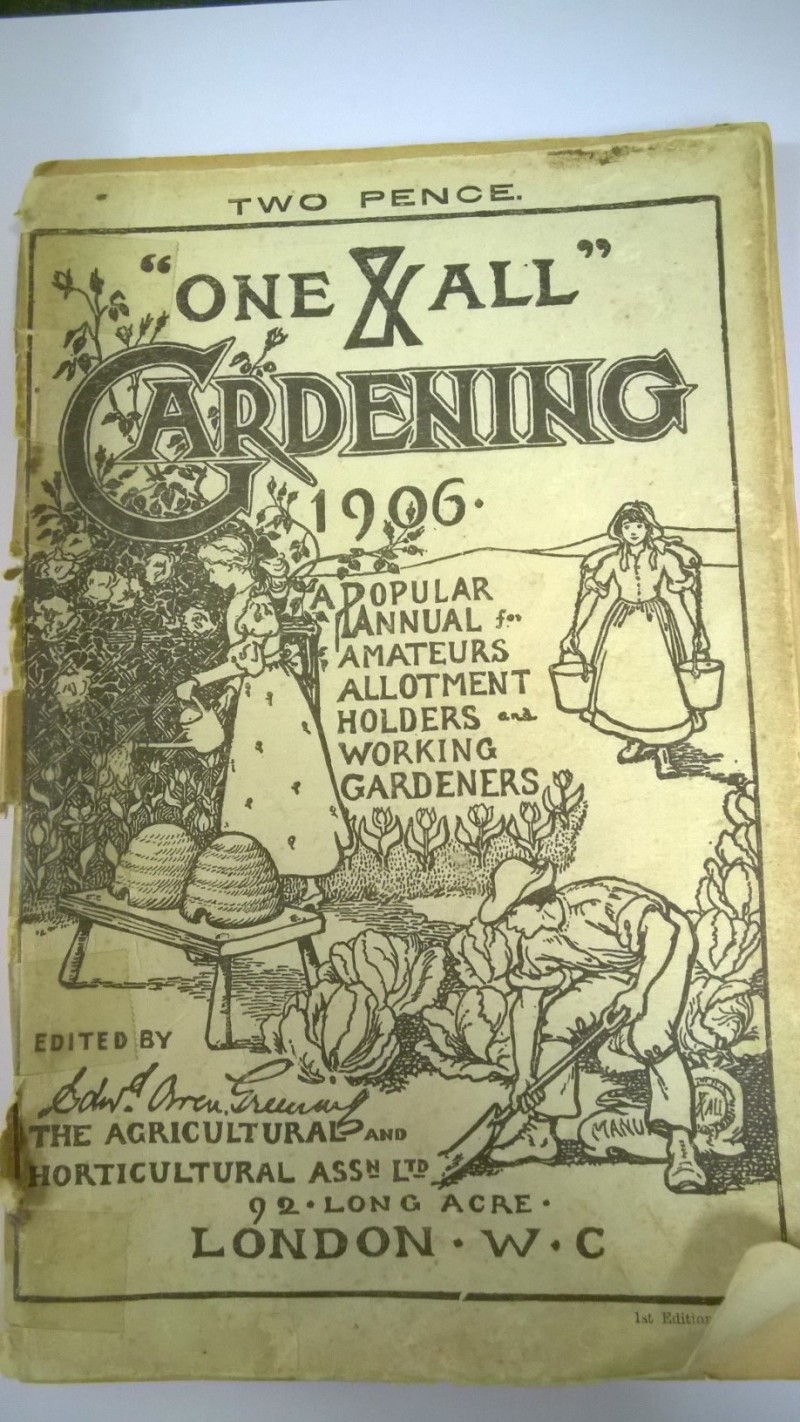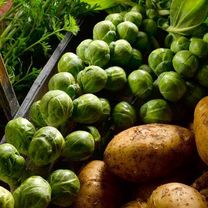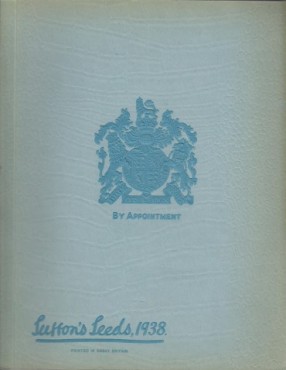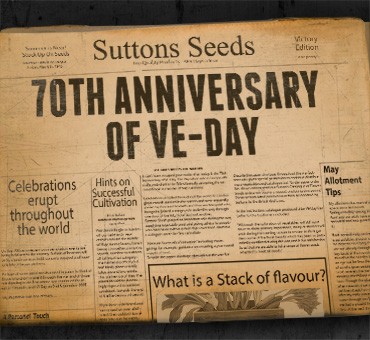Read on to see what seasonal advice was being given to allotment holders and working gardeners back in March 1906. Much of it still holds good today.
Finish digging and manuring all vacant ground and begin the plant potatoes, the earliest first, in the warmest parts of the garden. Where there are several children and the garden is near the house, each row of potatoes might be covered or uncovered accordingly as the weather is cold or hot and early potatoes be grown, enough to pay the rent.
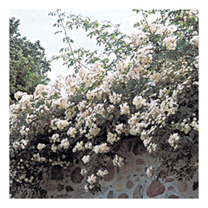 See to the pruning and tying or nailing up of all fruit trees on the walls of the cottage or outhouse. Train up roses, jasmines and honeysuckle. Clean flower borders to make the snowdrops, tulips, crocuses, primroses and other spring flowers look the fresher and purer.
See to the pruning and tying or nailing up of all fruit trees on the walls of the cottage or outhouse. Train up roses, jasmines and honeysuckle. Clean flower borders to make the snowdrops, tulips, crocuses, primroses and other spring flowers look the fresher and purer.
As the sun rises in power and waxes in strength it at once reveals the weakness and develops the strength of plants in the window. The dust and the dirt that were hardly visible during the dull days of winter become intolerably conspicuous in the revealing brightness of march sunshine. All plants should therefore have a general cleaning. Of course the plants should be carried outside to receive their first shower-bath, but that is easily done and each leaf and reinvigorated stem thanks the cultivator in language more forcible than any spoken words.
Complete the sowing and planting of all the so-called main crops such as potatoes, peas, beans, onions, parsley, leeks, lettuces, broccoli, Brussels sprouts, etc. Brussels sprouts are seldom grown in cottage gardens but ought to be, being one of the hardiest and sweetest of the winter stuffs.
Plant or sow peas, broad, runner and French beans, ridge cucumbers, marrows, tomatoes and celery in gentle heat, to be planted in the open air as soon as the weather becomes more congenial. Spinach may be sown between the rows of peas or beans.
Last Updated on November 30, 2022 by Suttons Horticultural Team

